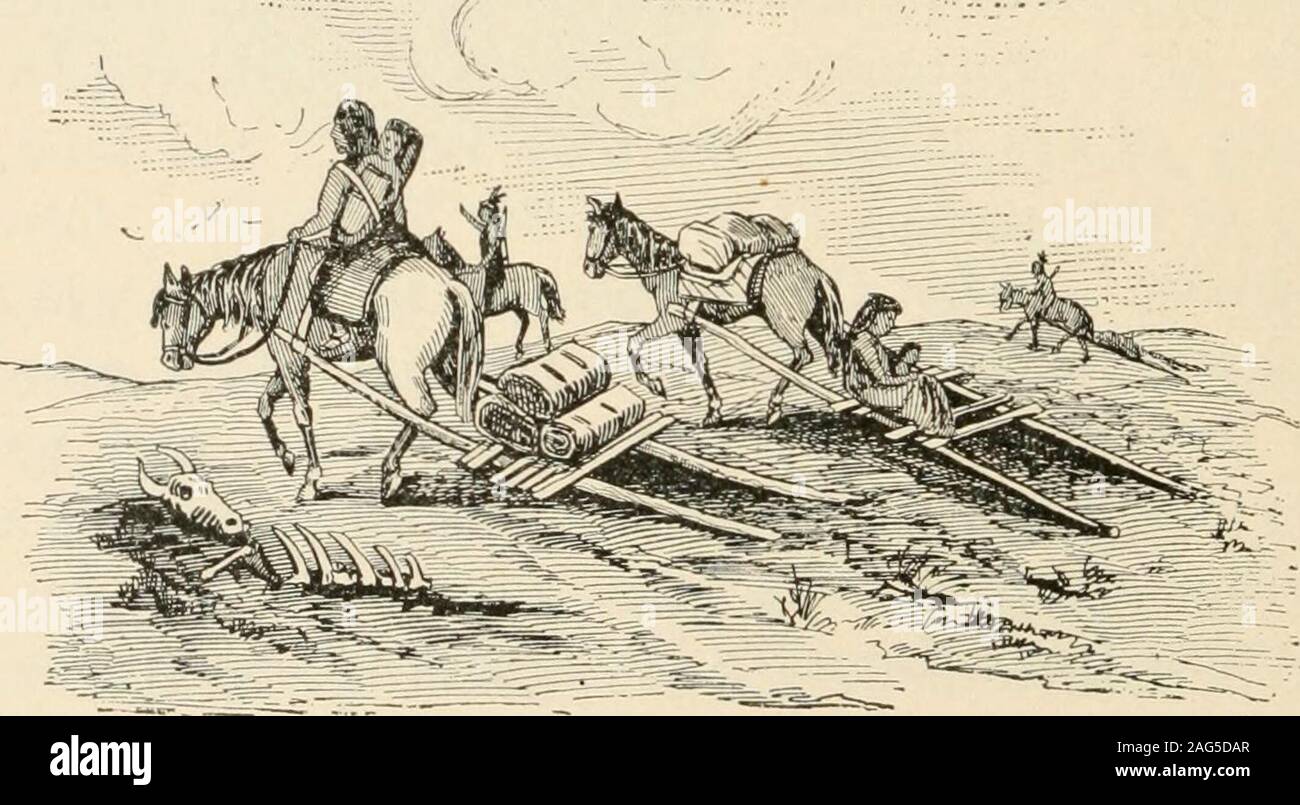Occasional Incident

Happening or likely to happen in an unplanned or subordinate conjunction with something else. Incurred casually and in addition to the regular or main amount: incidental expenses. . All claims must be reported within 30 days of the incident. You must report a specific cause of the incident. Some exclusions apply. See protection plan terms and conditions for details. A copy of the plan is available for review at a Bob’s store. Directed by John Meredyth Lucas. With William Shatner, Leonard Nimoy, DeForest Kelley, Joanne Linville. An apparently insane Capt. Kirk has the Enterprise deliberately enter the Romulan Neutral Zone where the ship is immediately captured by the enemy.
Occasional Incident
Nuts & Bolts 'An Occasional Incident' |

One of the advantages of many electroniccameras is seeing your exposure mistakes in the viewfinder before you beginto make photographs. Alas, the poor film photographer has to wait untilthe film is processed to see mistakes. The auto exposure systems that dominatetoday's photography do a wonderful job - most of the time. But when theydonut - egg on the face and the desperate hope that the news event wasn'tan important one.
I know a number of news photographers thatstill rely on a handheld exposure meter, and these photographers use camerasthat provide the option of automatic exposure. They use a handheld incidentmeter, the meter whose cell is hidden behind half a Ping-Pong ball.
Unfortunately, the broad, full-frame metersbuilt into cameras will almost always be misled when the important subjectis a small part of the frame and a different brightness from the majorityof the frame. The tighter 'partial' and 'spot' meters correct this problembut require more intelligent use and interpretation of the built-in meter.The smaller the area covered by the reflected meter, the more you haveto know where to point it and how to modify its recommendations. If nothingelse, this takes time, time that may not be available to news photographers.
The incident exposure meter evolved inHollywood to solve problems just like this. Its hemispheric receptor mimickedthe face of the star and metered the light falling on that all-importantface while ignoring the background, the backlights and other factors thatwould affect a reflected-light meter. And unlike an uncompensated spotmeter that would render all flesh tones identical, the meter that justmeasured the light falling or 'incident' upon those valuable faces automaticallykept the fair heroine fair and the dark and dashing hero dark. Today, inspite of the advances in the reflected light meters built into cameras,the incident meter still remains the 'people meter' of choice for manyphotographers. Truth is, it's not only good for people, but a great varietyof nearby, three dimensional 'main subjects.'
Occasional Incidents
The handheld incident meter will neverbe built into and coupled to a camera, but it is simple. Meter, set yourexposure, shoot until things change. Oddly enough, this 'set it and forgetit' attitude towards exposure can be faster for a series of pictures thananything short of blind automation. It is certainly faster than any systemthat requires that you meter and reframe with every shooting sequence.
Occasional Incident Definition
It also offers one other hidden advantageover automatic TTL readings. Automatic systems may make subtle changesin exposure from frame to frame. This certainly is no problem if you areafter a single shot. It will drive you mad if you are looking for a seriesof matched shots. The values of each transparency can be slightly different.The printing time of each negative, slightly different.
If you are not used to incident metering,it has certain peculiarities that must be recognized. A ritualistic waveof the meter produces an exposure that is highlight and midtone oriented,perfect for color transparency and a disaster for negative film in contrastysituations with important shadow detail.
Occasional Incident Report
Once you are aware of this, the easiestand quickest correction is just to open up a stop in such situations.

Here's a more complicated and time consumingsystem that you can use if you are a metering fanatic working on a slowmoving feature job. Blocking the main light from the cell of the incidentmeter, take a 'shadow' reading. Split the difference between this exposurerecommendation and that of a conventional incident metering. Consideringthe latitude of today's films, this technique is probably absurd for journalists.But it looks weird and will probably impress the hell out of the otherphotographers.

The incident meter is not the be-all andend-all of metering. It's slower than automatic for a single, quick grabshot. The practitioners of the Zone System don't use one. And it can'treplace the built-in, TTL spot meter when you're covering a well-protectedpolitician from a distance. But it is an exceptionally valuable meter thatdoesn't get the free publicity that comes from being built into a nicecamera. (This also means you can have your meter in the repair shop withoutsending your camera, too.) Yet, because it provides a quick system of meteringthat is rarely fooled, it is still the 'main meter' for me and many ofmy friends.
Why write about it? I just met severalphotographers who thought the incident meter was only for studio strobelighting and relied totally on the TTL meter built into their cameras forany other situation. I thought it would be nice to talk about a handheldmeter in case they ever bought one of those big cameras that doesn't havea meter built-in.